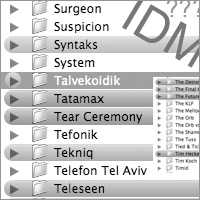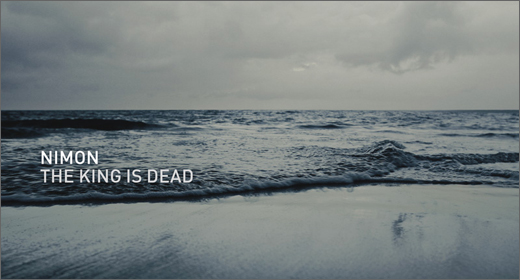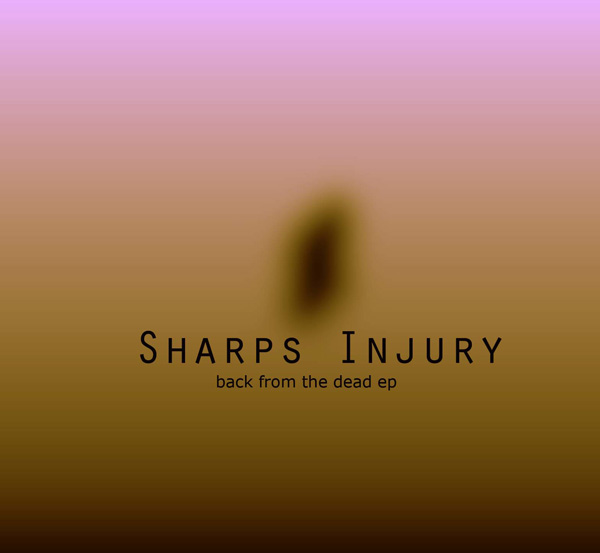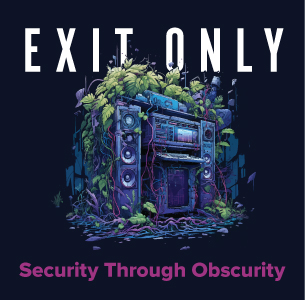 IDM. Intelligent Dance Music. A genre name as absurd as the music is, or at least was, brilliant. It is, or at least was, often heavily disputed what actually constitutes IDM. The fundamental reason for this being that where techno music has its 4/4 beats and drum & bass has its fast tempo broken beat drums and bass lines, IDM did not originally have its own established and recognizable conventions. There is now deliberation about why the genre was invented at all and much criticism surrounding the use of the word intelligent. The term was born out a seemingly necessary desire to lump ground-breaking artists in the late ’80s and early ’90s into the same category. Musicians such as Aphex Twin, Orbital, Future Sound of London and Black Dog were breaking free from the restrictive rules of existing genres. It was not until 1992 that electronic music behemoths Warp Records released their influential Artificial Intelligence series that the term was truly coined, via the tags electronic listening music and intelligent techno. At the time, IDM was considered to be only for pretentious electronic music fanatics, or the male techno elite and IDM musicians were trying to detach themselves from the techno movement.
IDM. Intelligent Dance Music. A genre name as absurd as the music is, or at least was, brilliant. It is, or at least was, often heavily disputed what actually constitutes IDM. The fundamental reason for this being that where techno music has its 4/4 beats and drum & bass has its fast tempo broken beat drums and bass lines, IDM did not originally have its own established and recognizable conventions. There is now deliberation about why the genre was invented at all and much criticism surrounding the use of the word intelligent. The term was born out a seemingly necessary desire to lump ground-breaking artists in the late ’80s and early ’90s into the same category. Musicians such as Aphex Twin, Orbital, Future Sound of London and Black Dog were breaking free from the restrictive rules of existing genres. It was not until 1992 that electronic music behemoths Warp Records released their influential Artificial Intelligence series that the term was truly coined, via the tags electronic listening music and intelligent techno. At the time, IDM was considered to be only for pretentious electronic music fanatics, or the male techno elite and IDM musicians were trying to detach themselves from the techno movement.
I approached Thaddeus Hermann, owner of Berlin’s City Centre Offices label, (one of the most successful IDM labels of recent times) to discover the thoughts of someone who is closely associated with the term. “Somehow the term made it into the mainstream media and it turned into a description for anything without 4/4 rhythms. This is when it got bad.”
Further use of the idiom was initiated online with the conception of the IDM mailing list in 1993, which functioned as a forum for discussion on leading IDM artists and Artificial Intelligence. Incidentally, when I questioned Mike Paradinas (µ-Ziq) on his feelings towards the term, he bluntly answered: “No one uses or used it in UK. Only Americans ever used the term. It was invented by Alan Parry who set up the IDM mailing list.”
Use of the term, the popularity of the artists and the fertility of the scene began to soar in the mid-90s. Warp Records artists such as Aphex Twin, Autechre, Boards of Canada, Squarepusher, Plaid and Rephlex artists such as Cylob and µ-Ziq became the most distinguished IDM artists, consistently releasing critically acclaimed and cutting-edge music while simultaneously remaining in the background due to lack of mainstream appeal. In the mean time, charting artists such as Orbital and The Orb who had previously been known as IDM were shipped to the Electronica moniker alongside The Prodigy and The Chemical Brothers, a term created by the American media to categorise the most famous electronic musicians.
Between the mid to late ’90s, the second wave of acclaimed IDM artists emerged. This included artists from Planet Mu such as Luke Vibert and Jega, Skam artists such as Bola and Gescom while Warp and Rephlex also revitalised their rosters with names like Mira Calix, Bochum Welt and Bogdan Raczynski. Meanwhile, other labels had taken notice of the blossoming IDM scene and thus artists such as Amon Tobin and Mouse on Mars became respected names in the field. At the turn on the century, new IDM labels and their musicians began to garner great respect. These included Merck (Proem, Lackluster) and City Centre Offices (Arovane, Ulrich Schnauss). Despite this surge the early pioneers of the genre continued to produce the most ground-breaking and commended records. A particularly significant player who also began to build a strong reputation around 2000 was the irrepressible Venetian Snares, whose breath of fresh air was enough to ensure that he is now regarded among the biggest names in IDM.
The third and current wave of IDM artists began to appear around 2004. By now, the genre had developed and morphed to the extent that the sound of the music and the market had formed its own conventions.
Herrmann said: “I think the problem was that everybody had a clear idea of what IDM was supposed to be. Processed beats and experimental sounds maybe made more accessible with some warm melodies. People got bored of it pretty soon.” The conventions are evident in the work of all of the most prominent names of the third wave, including Kettel, Ochre, Marumari, and Wisp and have been picked up the majority of the second-wavers. Whereas the music used to be ground-breaking, the third wave artists seem to have a distinctly uniform style and the genre has become oversaturated.
Herrmann said: “There have always been great tracks around but the trademark sounds got horribly overused and became redundant. There was a huge wave of new record labels releasing mainly mediocre tracks, killing the fact that there was this new music around instantly. So IDM, originally a term for “intelligent dance music,” turned into something else.” Therefore, it is worth pondering whether the current sound of IDM warrants its tag. It is arguable that any intelligence has vanished with the safety of the conventions and lack of originality. And whereas IDM was always considered to be at best difficult to dance to in the early days, the current sound surely does not constitute dance music at all. So to answer the question ‘Is IDM dead?’ would demand considering whether IDM as a name has lost all meaning, or whether the music itself has lost all life. First it must be debated whether the term should have been created in the first place or at least have been allowed to survive. Much criticism has been leveled at it in the past by artists and journalists operating in the field.
Herrmann said: “Nowadays, I do not like the sound of the term. Whenever someone mentions it, or uses it to describe their own music, I immediately become skeptical, expecting weak and boring tracks.”
In 1997 Aphex Twin said: “It’s basically saying ‘this is intelligent and everything else is stupid.’ It’s really nasty to everyone else’s music.” Kid 606, another well known IDM artist, has said: “I hate IDM and its elitist champions. It makes the music sound so much more than it actually is.” And Cylob said: “Anyone who applies the term IDM to my music deserves to be shot.” It is clear that what has happened is that the moniker IDM in its original form is now redundant and scoffed at, however the second and third waves of artists that held the torch lit by Aphex and Autechre are now officially recognised as belonging to the genre of IDM, and that is not going to change for the foreseeable future.
Herrmann said: “The term is dead, but there is still great music out there which would theoretically fit the term. And of course, some key players in the game continue to produce music and naturally evolve their vision. A lot of things have happened since the high times of the term. Record sales crashed, labels closed down and most importantly, new trends, such as acoustic sounds, influenced the former strictly electronic sounds. This changed the music and direction of the genre before media understood it.”
In terms of the music’s liveliness, the popularity and excitement surrounding the current crop of names in the field is significantly lower than it was with the second and, much more so, the first wave. In fact, bar a handful of exceptions, the original pioneers still reign supreme and produce the most inventive music. Nevertheless, there are still good quality IDM records being produced that merit applause despite their lack of originality.
So, IDM as we knew it is a distant memory, with reminders from the big names now depressingly infrequent, however IDM as we now know it is very much alive, albeit in a less influential and popular, but still respectable form. IDM is dead, long live IDM?
Essential Links ::
- Intelligent Dance Music Mailing List
- The Definition of IDM? (Igloo Magazine article, November 2005)
- Wikipedia definition of IDM

























